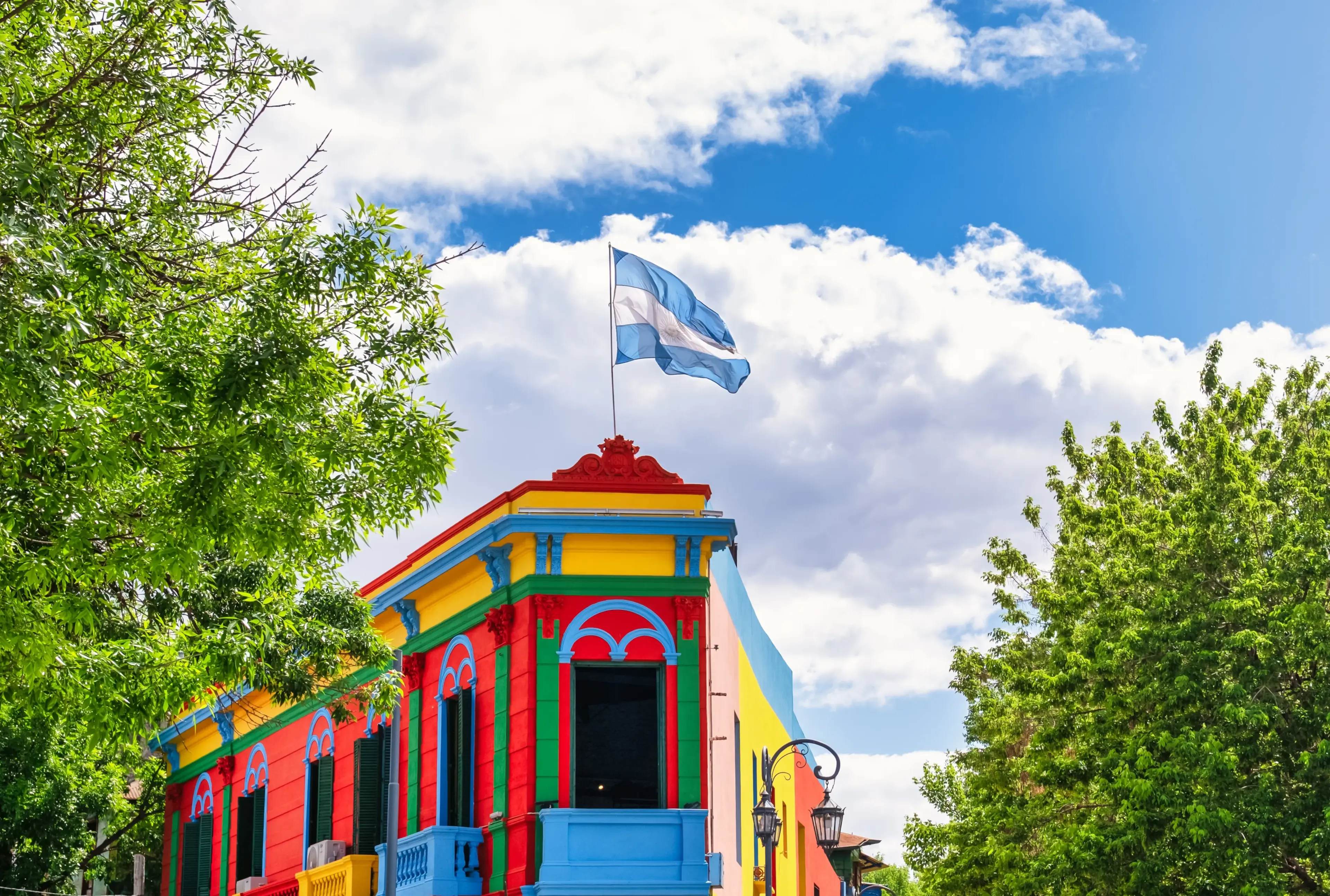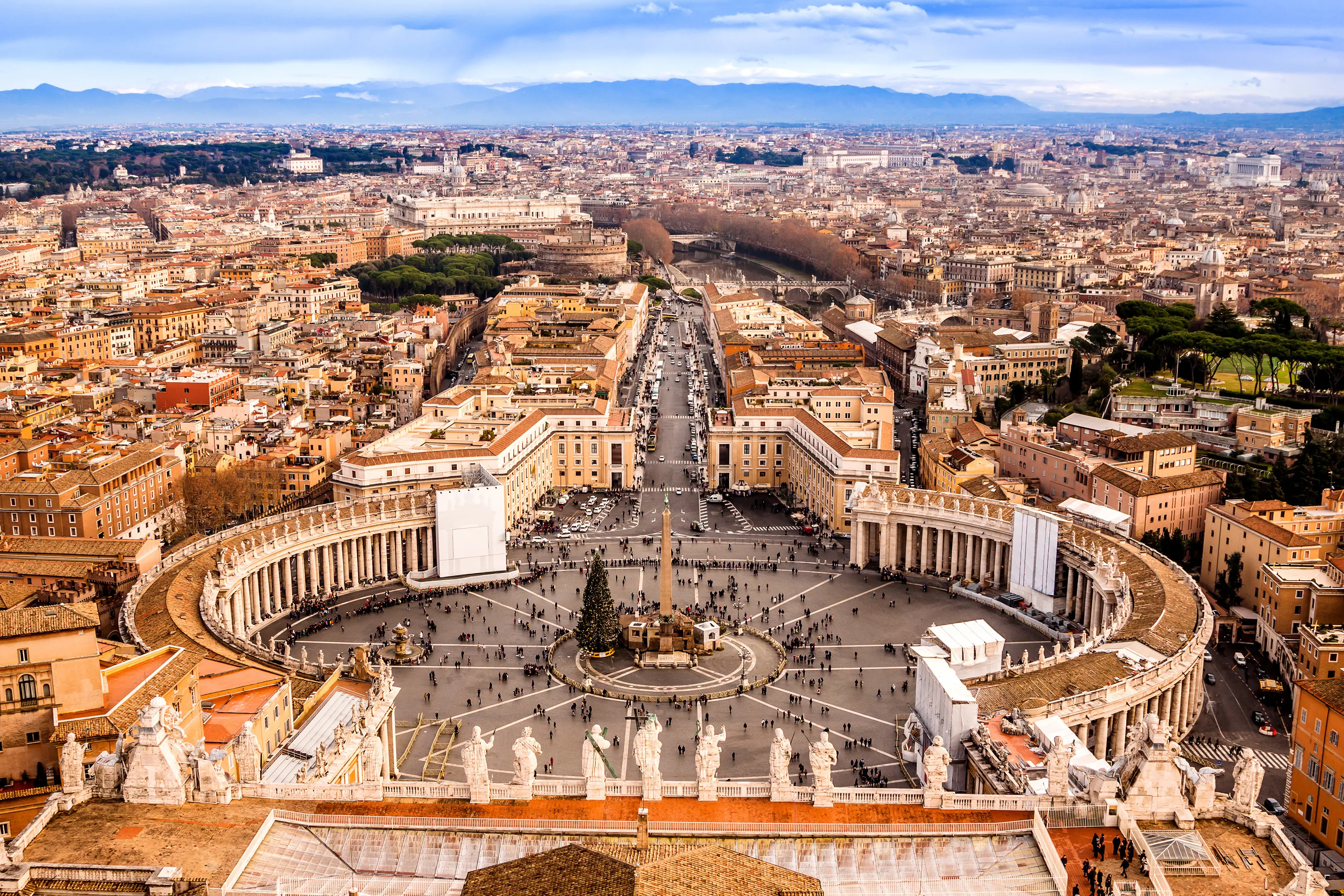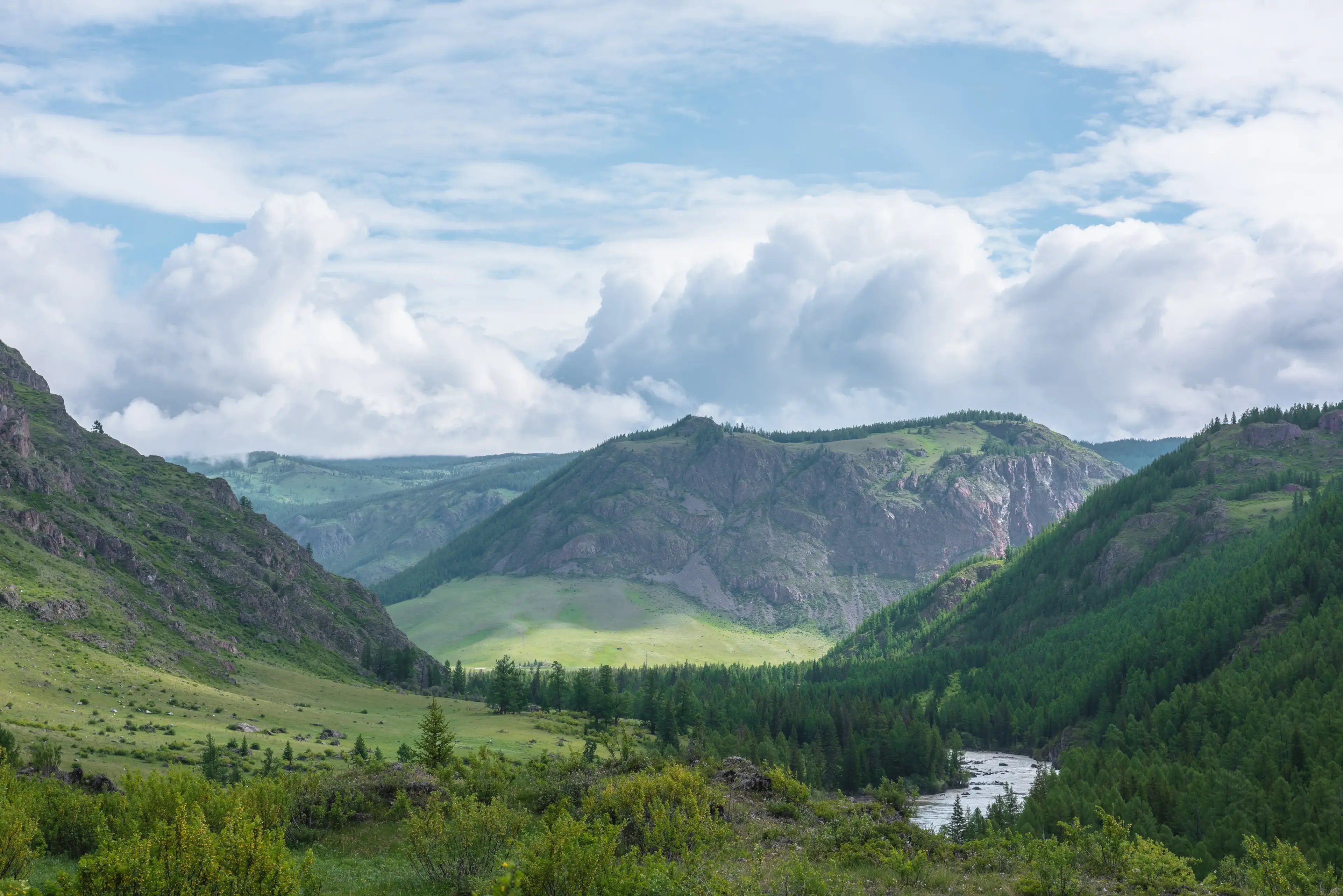
Virinda and the Valley
Updated August 2, 2023The year was 1885. Virinda Longmire, wife of Mount Rainier’s first white settler, rode a horse to the high mountain meadow and exclaimed, “O, what a paradise!” The name stuck. And for good reason.
Superlatives trip off the tongue when it comes to Paradise, the most popular stop at Washington’s Mount Rainier National Park. Paradise is a 5,400-foot high alpine meadow that overlooks the Nisqually Glacier. Known to the Nisqually Indians as Saghalie Illahe, “the land of peace,” this luscious landscape boasts a vitality that is the stuff of legends. Naturalist John Muir called the Paradise Valley, “The most extravagantly beautiful of all the alpine gardens I ever beheld in all my mountain-top wanderings.”
I agree. Especially during Paradise’s blink-of-an-eye blooming season.
Liberated from their refrigerated slumber in July, Paradise’s world-renowned flower fields are awash in petaled sunsets for a few glorious weeks each summer. Creamy dollops of avalanche lilies race yellow glacier lilies uphill while Suksdorf’s buttercups line thawing waterways. Wooly tufts of Indian paintbrush drip scarlet, magenta and white among the furry, dew-silvered leaves of Western anemones. Drooping spikes of tightly rolled, gray-green leaves quickly unfurl into the huge, pleated skirts of giant hellebore. Round clusters of fragrant Sitka Valerian bivouac near pink bistorts, red-spotted monkey flowers and purple lupine.
This glorious eight-week run of Renoir pastelled-petals usually lasts about eight weeks. The flower fields scurry into hibernation by mid-September, so plan accordingly.
The Lummi Indians say that when Mount Rainier abandoned her husband, Mount Baker, she took the choicest flowers and fruits with her. When Chinook summer winds flutter alpine frocks and frolic over blushing swells of mountain heather, Western anemones and the flaming heads of Indian paintbrush, you can’t help but feel that the legend is true.
And that Virinda was right.

Adventures
Vacation Planning Extravaganza
June 12, 2023
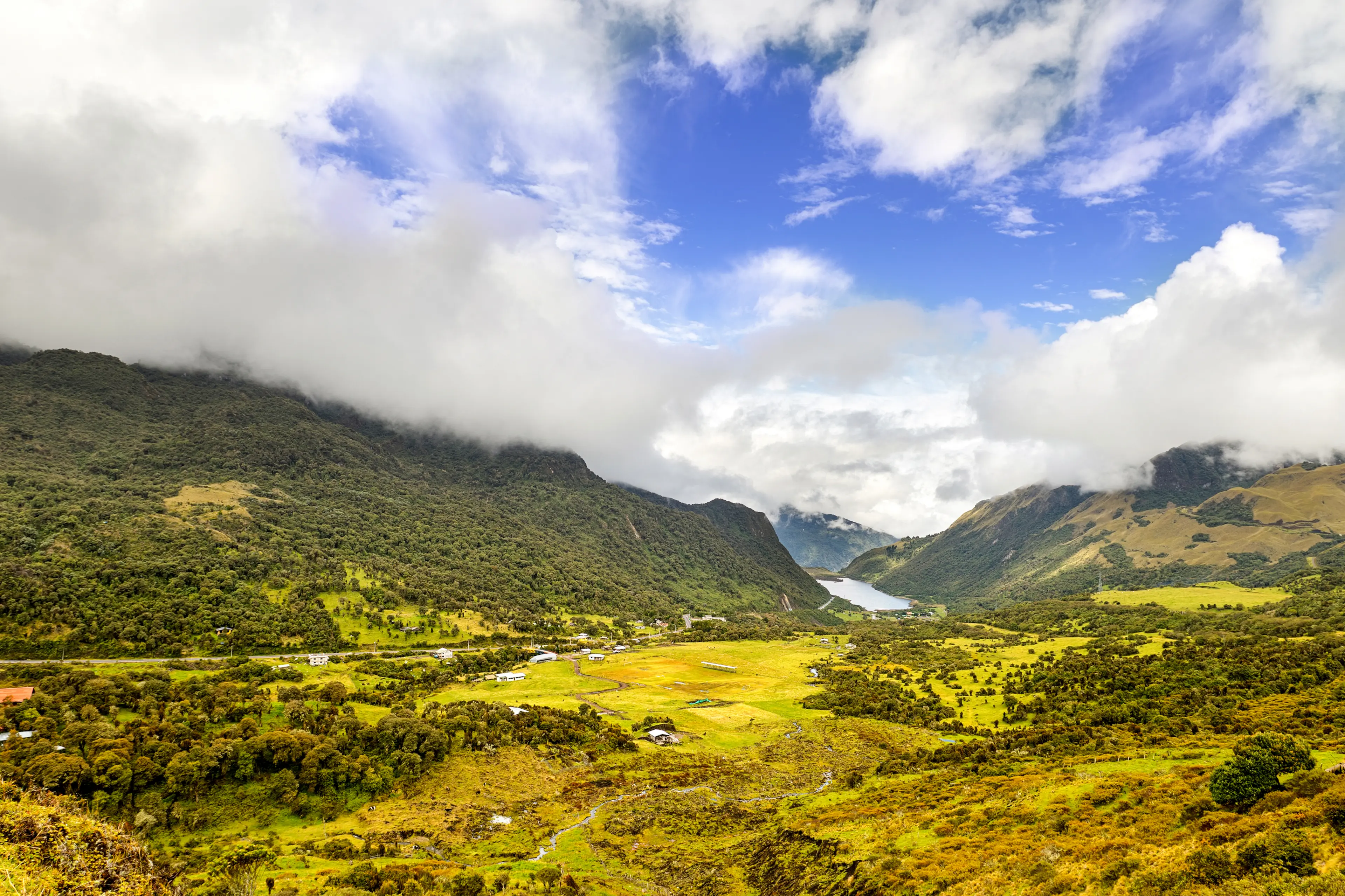
Adventures
Trekking with Pacha Mama in the Andes
June 12, 2023

Adventures
Travelated October Photo Contest
June 12, 2023
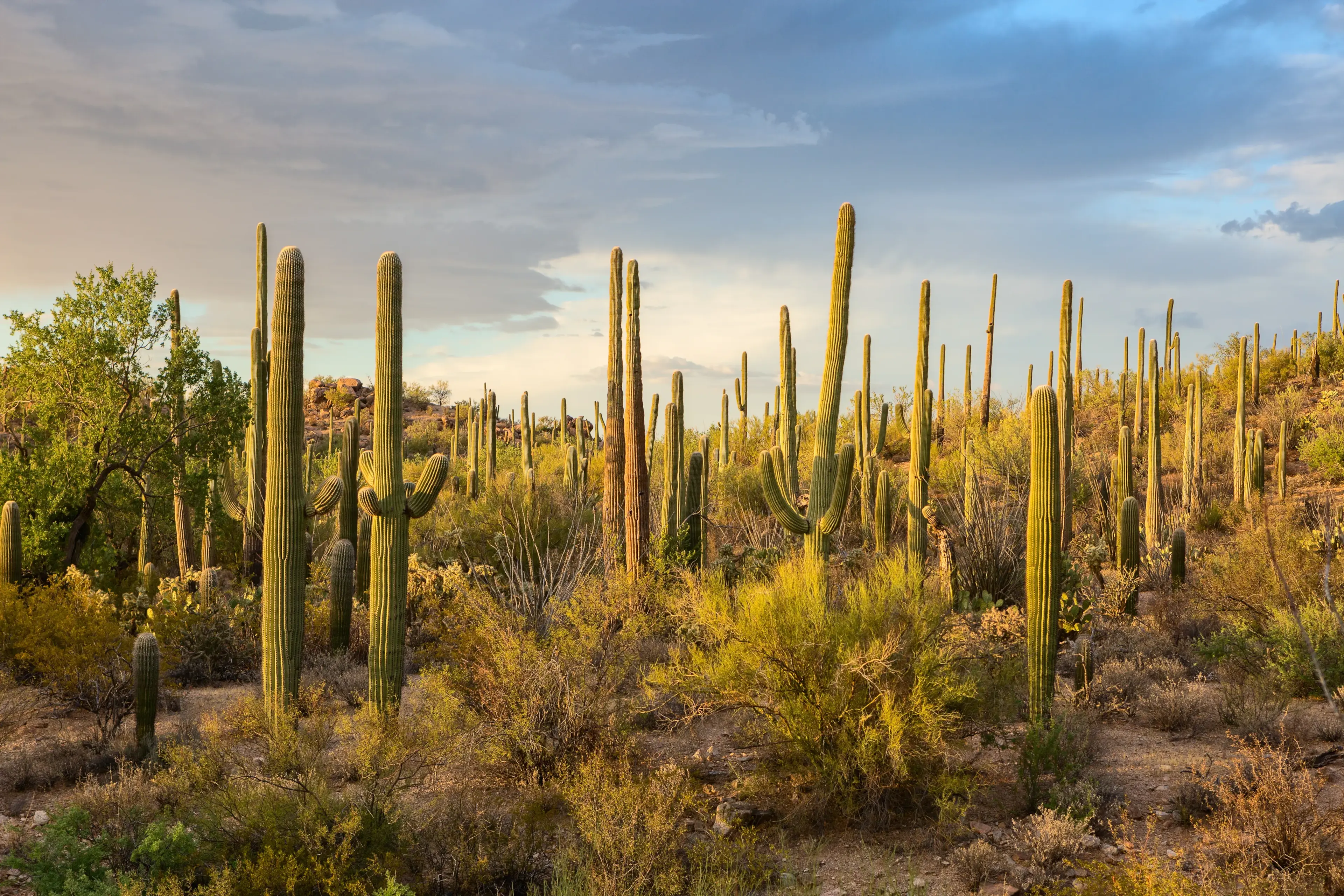
Adventures
Why do we assume all of Mexico is Tijuana?
June 12, 2023
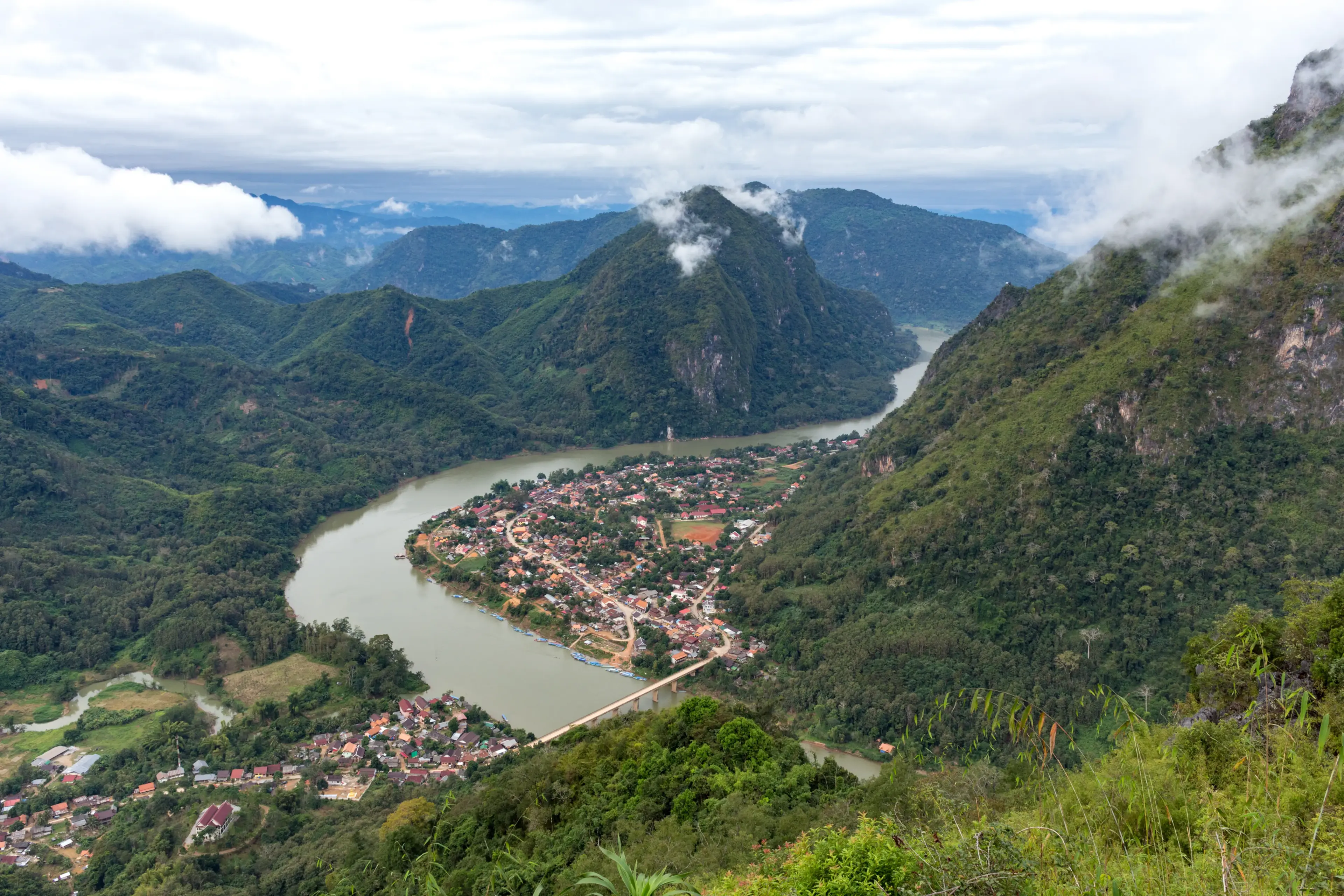
Adventures
Why You Shouldn’t Pass Up Laos
June 12, 2023
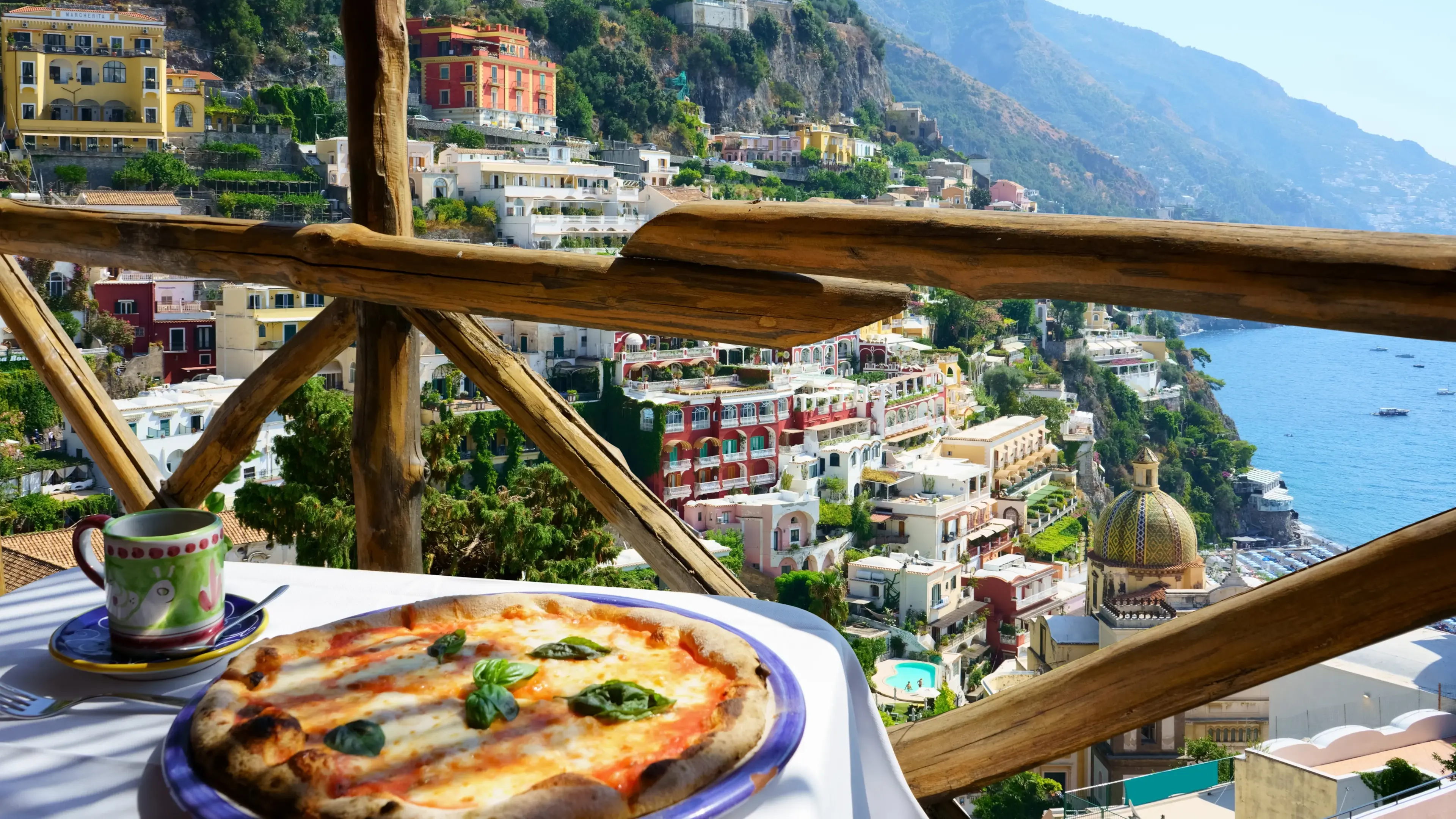
Adventures
Nine Italian Cities = 1 Month of Madness
June 12, 2023
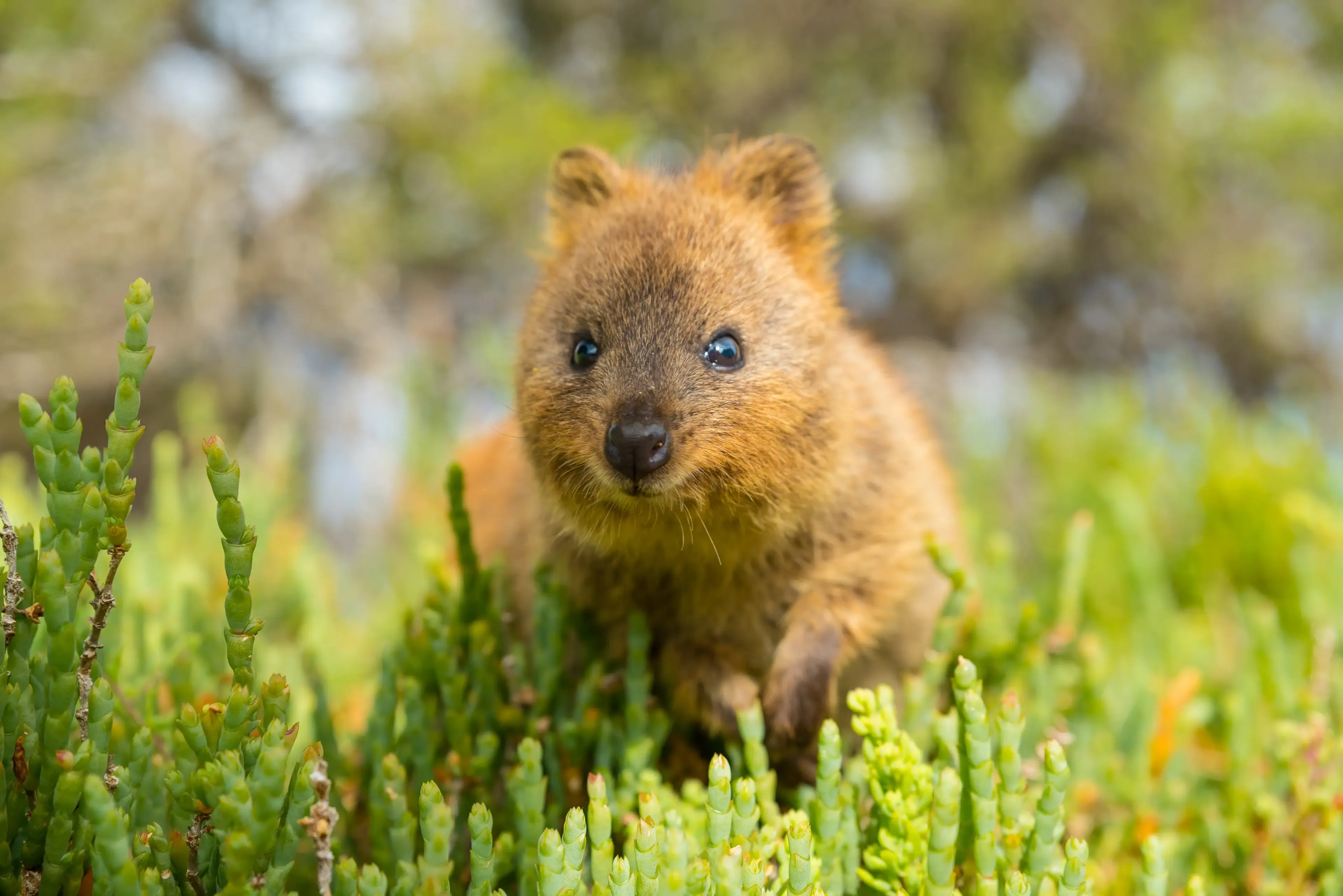
Adventures
5 Unique Australian Animals You Can’t Miss
June 12, 2023
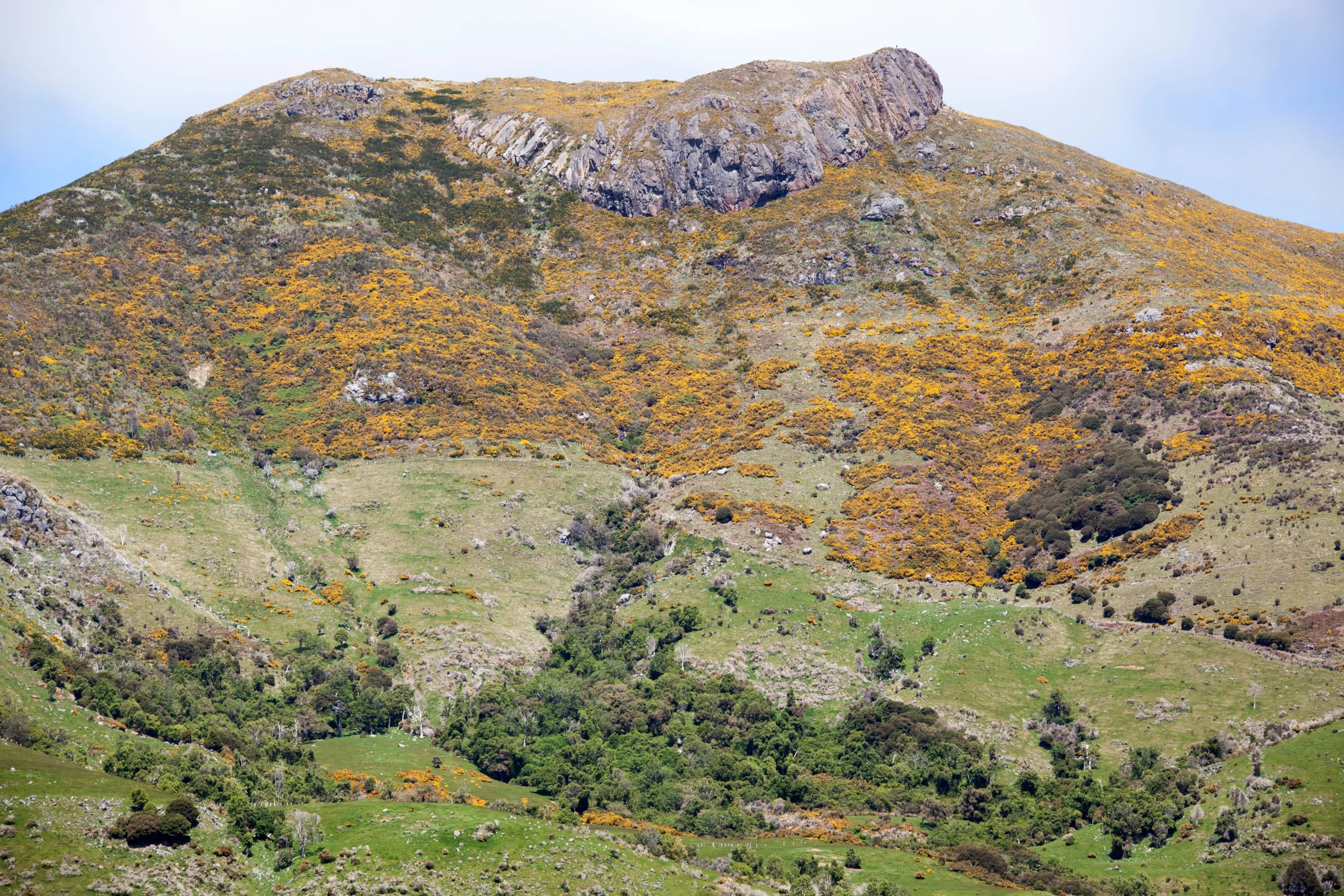
Adventures
Top 5 Destinations for a Fitness Vacation
June 12, 2023
